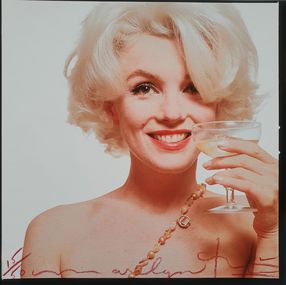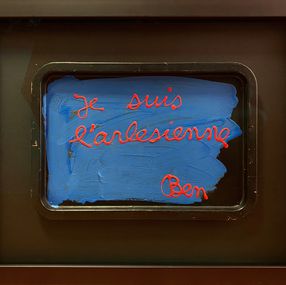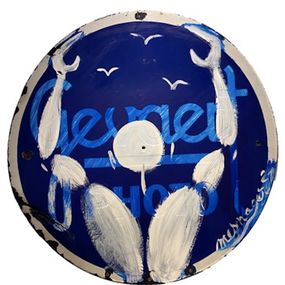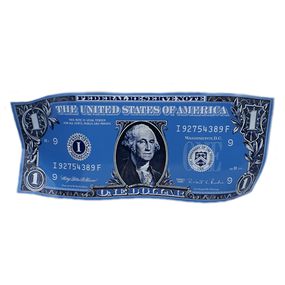
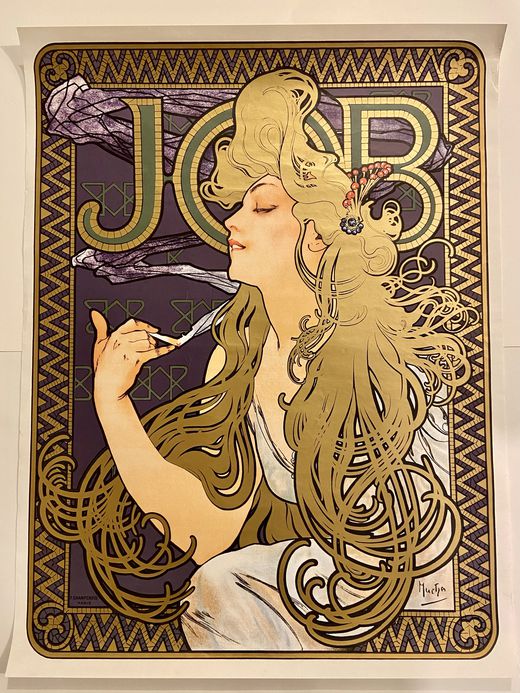
Biography
Alfons Mucha was a Czech artist born in 1860 in Ivancice, Czech Republic, and died in Prague in 1939. As a child, he drew a lot and used to caricature his classmates. A good calligrapher and draughtsman, he was first hired as a clerk and then worked for the Kautsky-Brioché-Burghardt publishing house. He later settled in Mikulov, where he painted landscapes and portraits . In 1885, he entered the Munich Academy of Arts for two years. At the age of 27, he left for Paris, where he enrolled at the Académie Julian and was then hired by the important publishing house Armand Colin.
Living in Montmartre, Alphons Mucha met many artists, including Gauguin. He was also interested in photography and created illustrations for the press. In 1894, he was led by chance to create his first poster for a play by Sarah Bernhardt, "Gismonda." His poster was a real success, and he collaborated with Sarah Bernhardt for six years under an exclusive contract for the theater. With the actress having an international reputation, many brands flocked to Mucha's door to commission works from him (Job cigarettes, Lu biscuits, Ruinart champagne, etc.).
Gradually, Mucha's style was given the name Art Nouveau , and commissions poured in from all over the world. In 1897, the Galerie la Bodinière organized an exhibition in his honor, and other exhibitions followed, each one more prestigious. In 1900, he was asked to participate in the World's Fair, and in 1905, he left for New York, where his arrival was a major event. He then returned to France, where he wanted more time to devote to painting. In 1908, he completed his last major Art Nouveau work: the decoration of the German Theatre.
In 1910, Mucha decided to devote the rest of his life to painting twenty large-scale paintings depicting a symbolic epic of the Slavic people since Antiquity. Mucha then undertook a study trip, and in 1911, settled in Zbirov where he worked on these canvases. In 1919, the first seven canvases were exhibited in Prague. The first eleven went to the United States and caused a sensation. In 1921, he returned to Europe for good, and in 1928, his Slavic epic was officially handed over to the city of Prague.
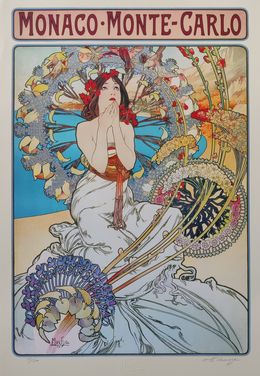
Alphons Mucha
Print - 60 x 41 x 0.1 cm Print - 23.6 x 16.1 x 0 inch
$1,197


Alphons Mucha
Print - 63 x 160 x 0.1 cm Print - 24.8 x 63 x 0 inch
$4,008
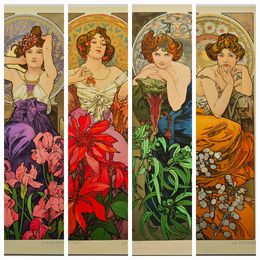
Alphons Mucha
Print - 73 x 124 x 0.1 cm Print - 28.7 x 48.8 x 0 inch
$4,008
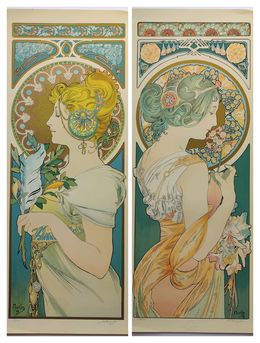
Alphons Mucha
Print - 90 x 79 x 0.1 cm Print - 35.4 x 31.1 x 0 inch
$3,592
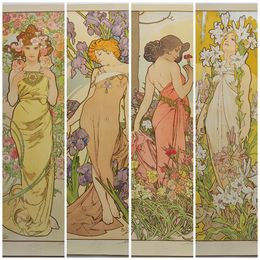
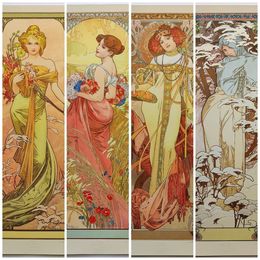
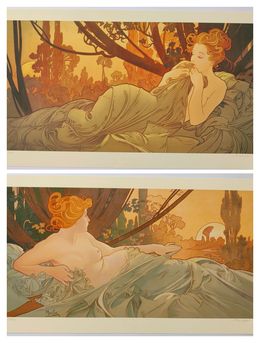
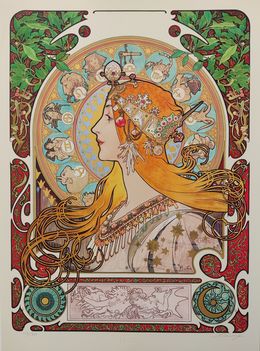
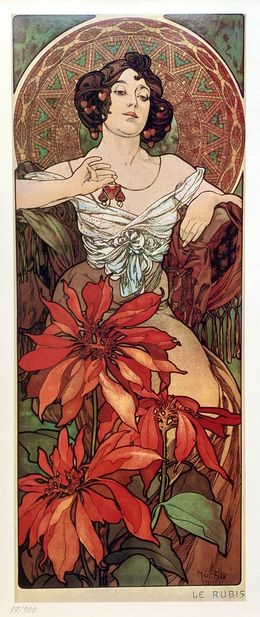

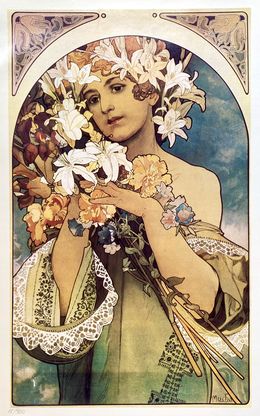


Alphons Mucha
Print - 56 x 42 cm Print - 22 x 16.5 inch
Sold
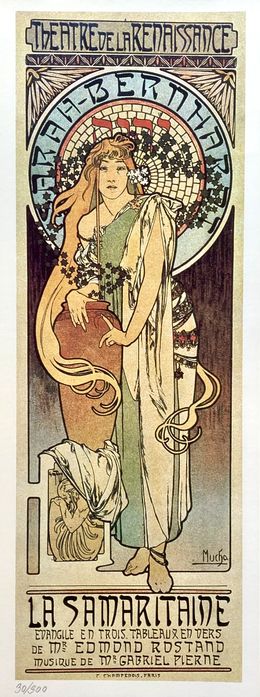

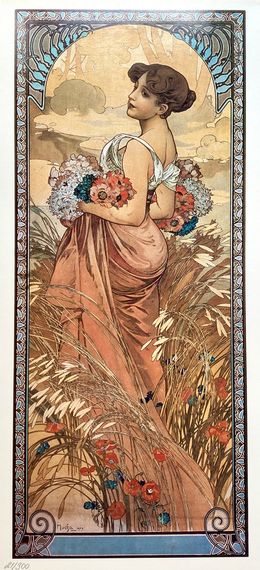


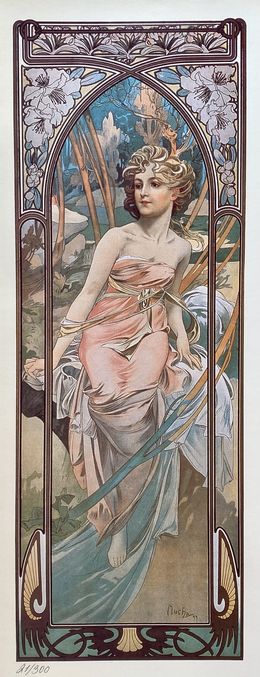

Discover the movements linked to Alphons Mucha
Discover similar artists
Discover our selections of works by artists
Alphonse Mucha is important for defining the Art Nouveau style with his iconic posters, decorative panels, and illustrations. His work influenced graphic design and visual culture, blending fine art with commercial art in innovative ways.
Alphonse Mucha is pronounced "Al-fons Moo-khah," with the "ch" in Mucha sounding like the German "Bach" or the Scottish "loch." The emphasis is on the first syllable of each name.
Alphonse Mucha's famous quote is: "Art exists only to communicate a spiritual message." This reflects his belief that art should inspire and elevate the human spirit beyond mere decoration.





